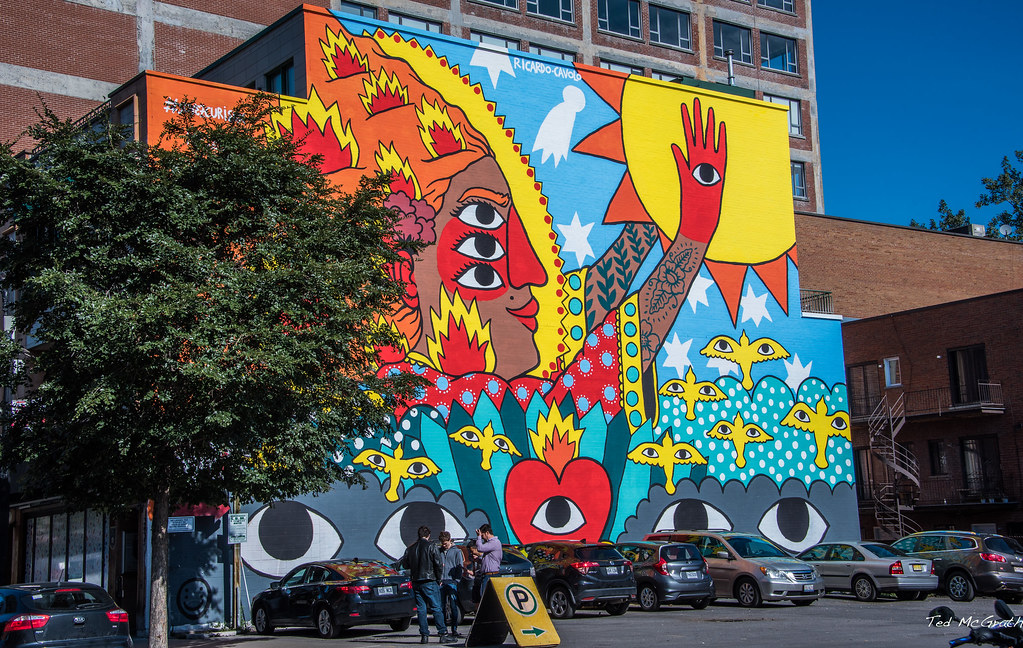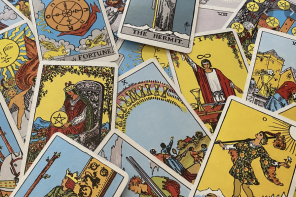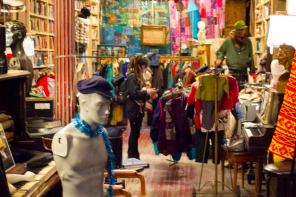When conversations about appropriation are brought to topic, there is no better example than Black streetwear culture and its much-ignored history. Making a loud reemergence into fashion, the streetwear and “y2k” styles of the past have been reintroduced, with Gen Z deeming the trends as innovative rather than giving credit where credit is due: people of colour, but majorly, Black women. With respect for the latest Black History Month, acknowledging the historical and cultural origins of trends most Montrealers and many McGillians participate in is key to answering whether or not we value Black lives or only Black culture.
Black culture is not a mere participant in the streetwear scene, but the creator and popularizer of the fashion.
Streetwear emerged in the 1980s as the hip-hop genre was born amidst Bronx street culture. By the 1970s, hip-hop began to flourish, flowing through the streets of Brooklyn and eventually to the rest of the world. A combination of hip-hop, punk, and rap subcultures, streetwear was built on the foundation of combatting the 1950-60s status-quo of white, American standards of “proper citizenry”, offering a means for Black youth to showcase a culture involving music, art, and fashion. Black culture is not a mere participant in the streetwear scene, but the creator and popularizer of the fashion; bucket hats, hoop earrings, monogram print, baggy hoodies, chokers, sneaker culture, acrylic nails—mainstream trends are rooted in Black derivation from the “acceptable.”
Notable for their various sizes, shapes, and styles, the hoop earring is a classic jewelry staple. As the Jazz Age approached, hoops were distinctly adorned by Black French jazz performer and civil rights activist Josephine Baker, a cultural figure who symbolized the vibrancy of Black culture in the United States during the 1920s. Fast forward to the Black Power movement of the 1960s, when the hoop earring provided women of colour with an accessory celebrating African American culture, including the Black American disco and soul scene of the 70s. Championing such style, Tina Turner and Janet Jackson sported the earring as an activism staple, leading the Southern California Mexican working class to adopt the fashion in the 1980s. With the rise of rap and the birth of hip-hop culture in the 80s, hoops became thicker and stigma grew deeper. The phrase “the bigger the hoop, the bigger the hoe” has been used for decades to make Black and Latin women feel ashamed for embracing their culture, yet such saying is seldom used for non-POC who are deemed as “feminine” for their usage of this jewelry. The line as to how society defines “ratchet” and “ghetto” is drawn at skin colour, and for the modern streetwear scene, this association manifests in attributing the popularization of hoop earrings to the white media figures of the 2000s, like Paris Hilton and Britney Spears.
…omissions in the acknowledgment of the history of fashion continue to suppress minority voices in an industry centered around black bodies.
The history of the bucket hat began with its use for protecting Irish farmers and fishermen from the rain. Fast forward to the 1980s, the hat was adopted by the hip-hop community, with the first big rappers such as LL Cool J, Big Bank, and Biggie Smalls sporting the style. The resurgence of this accessory became notable back in 2018 when the Prada Fall/Winter show took part in the comeback, yet only a couple of months later, Prada’s Spring/Summer 2018 collection released the “Little Black Sambo” bag charm—a purse accessory depicting an eerily similar image to Jim Crow era blackface imagery. Though indebted to Black culture, instances involving high fashion brands abusing Black imagery are not far or few: Gucci only recently apologized for its 2019 Fall/Winter collection, which advertised a sweater resembling blackface makeup, claiming that the retraction of this garment was a “powerful learning moment for the Gucci team and beyond.” The phrase “learning moment” is often thrown around when young adults and children make mistakes— not when a brand worth $17.63 billion U.S. tries to sell racism wrapped in wool. A true testament to the ignorance of high fashion capitalizing on the streetwear scene, omissions in the acknowledgment of the history of fashion continue to suppress minority voices in an industry centered around black bodies.
While the streetwear world has been at the forefront of mainstream media for its streamlining of aesthetics, spending one day on famous “hype beast” accounts and brands (Stussy, Supreme, Bape, Dime) one would forget that Black women were the trailblazers of the streetwear culture that many Montrealers participate in. Without the likes of Mary J Blige, Lil Kim, and Misa Hylton, there would be no streetwear today as we know it. From the first neon-coloured wigs to monogram sweatsuits, the style of Black women has brought forth new designers and brands, only to have the clothing industry fail to elevate and promote Black creatives in a manner that reflects such influence. If one is inspired by the trends within Black and Brown communities, yet hesitant to cast women of colour to walk in your shows or to model your clothes, one must reevaluate where this “inspiration” is stemming from. The notion of “cultural appreciation” in streetwear is a farce: you cannot borrow without consideration, crediting, compensation, or collaboration. Anything else is straight-up theft.
Walking down the streets of the Plateau, streetwear is prominent; it exudes the comfort, clean lines, and “je ne sais quoi” McGillians crave. McGillians want a lot out of streetwear, but they do not want to do the work to understand the decades of life behind this culture. Everyone wants to dip into the pot, but no one wants to truly know where it came from and how to identify with it. The streetwear space is a culture. If you want to participate in it, be prepared to learn.





